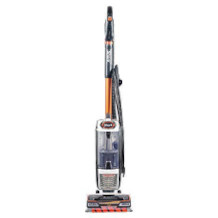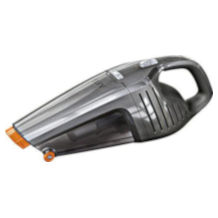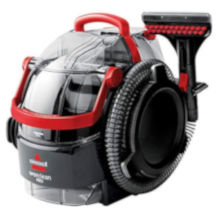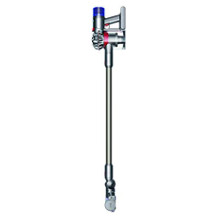Robot vacuum mop purchasing advice: how to choose the right product
- The most important facts in brief
- Suction-wipe robots combine two work steps in one device: vacuuming and damp mopping.
- Using built-in sensors, the robot recognises obstacles and stairs as well as the floor covering.
- There are different cleaning strategies: organised lanes or chaotic journeys through the room.
- The running time of the built-in battery should be between 1.5 and 2.0 hours – depending on the size of the home or the area to be cleaned.
- Some devices have an app control and can thus be started on the go.
When floors almost clean themselves
Household robots are extremely practical. They come in a wide variety of colours and shapes. The best known are vacuum cleaning robots that automatically move through rooms and reliably clean carpets and hard floors. In comparison, mopping robots are less well known. Combination devices, the so-called vacuum-mopping robots, are particularly interesting. They first vacuum the floors and then mop them. But how useful are such devices? Do they make life easier or do you have to constantly move the furniture to achieve a satisfactory result?
Advantages and disadvantages of vacuum-mopping robots
One of the biggest challenges for cleaning robots are the different floor coverings. Be it vacuuming or mopping robots, the devices are confronted with different carpets, tiles, vinyl, laminate or other hard floors. Good results should be achieved on every floor covering. This is where the advantage of a vacuum-mopping robot becomes apparent: it reliably vacuums floors and damp-mops smooth floor coverings directly afterwards. In this way, it performs two cleaning steps automatically and takes over a large part of the daily housework.
Suction-mopping robots are of particular interest to pet owners and allergy sufferers. While pet owners appreciate the support in the daily fight against animal hair or litter, for allergy sufferers clean floors are a must for health reasons. Many of the devices have a so-called HEPA filter that prevents allergens from escaping again and thus promises convincingly thorough cleaning.
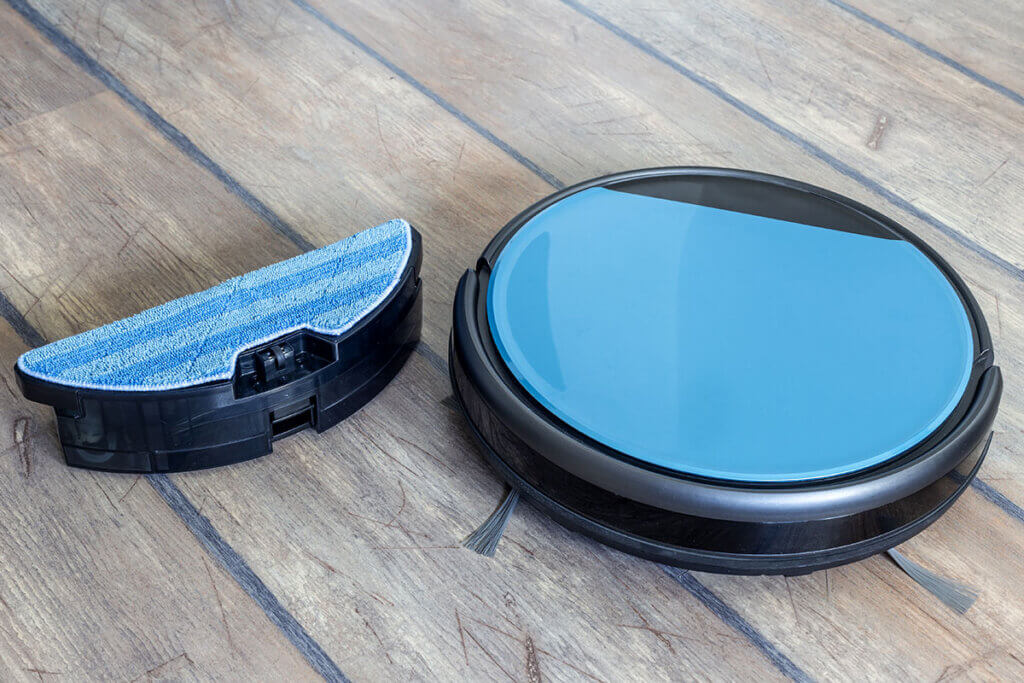
Another advantage is the flat design of the robots. Hoovers are usually much too clunky or bulky to vacuum under the sofa or bed. The robots, on the other hand, often get underneath and get to grips with all the furry mice there. It is not even necessary to move the furniture. Compared to conventional hoovers, vacuum-wipe robots are also much quieter. With a volume of only about 40 to 65 decibels, they are hardly disturbing, so they can run alongside without any problems. If you want to escape the buzzing and humming completely, you can even set fixed times for the robot to work with some devices. For example, everything is already cleaned when you come home from work in the evening or sit at the breakfast table in the morning.
However, stairs and corners of rooms are a problem for many household helpers, so you have to clean these manually. In addition, the dust container of the robot must be emptied regularly and the water tank refilled. The follow-up costs, for example for cleaning agents and replacement filters, are also not negligible for some models and can be high depending on the manufacturer.
Plus Points
- Suction and mopping function in one unit
- Consistently clean floors
- Saves time and labour
- Reliable cleaning even under furniture
- Significantly quieter than classic hoovers
- Partially automatic start-up of the charging station when the battery level is low
Drawbacks
- Not a complete substitute for damp mopping by hand
- Lower suction power than classic hoovers
- Sometimes neglects corners of the room
- High follow-up costs possible
The structure of a suction-wipe robot
Suction-wipe robots come in two different shapes: round and square. However, the shape is hardly decisive for the cleaning result. Much more important is the height of the robot, as this determines which furniture it can fit under. If it is low enough, it can also vacuum the floor under cupboards or the sofa.
A second important component of the robots are their two tanks. The water is filled into one and the vacuumed dirt is collected in the other. The size of the tanks depends on the dimensions of the robot. If they are full or empty, they have to be refilled or emptied manually. Afterwards, the suction-wipe robot continues its work.
How does a suction-wipe robot work?
A suction-mopping robot works in several steps. First, it cleans the various floors from the coarse dirt of everyday life. This means that the robot first vacuums all the surfaces accessible to it: In a first step, it removes dust, pet hair and other dry dirt. For this purpose, it is equipped with brush rollers that transport the dirt to the suction device in the centre of the device. The dirt that is sucked up is collected in the corresponding container. Hard floors are then cleaned again with the cleaner’s wiping function.
The mop function in detail: dry or wet
When it comes to the mopping function, there are clear differences between the various robots. There are devices with a dry cleaning function and models with a wet cleaning function. The former wipe dry again over the hard floors and thus pick up any dirt. This process can be compared to dusting shelves or similar. Since no water is used, these devices are called vacuum-mopping robots with dry cleaning.
Models with wet cleaning have a water tank in addition to the container for the dirt sucked up. For cleaning, the water is either sprayed in front of the device via a small nozzle or placed on a cleaning cloth on the underside of the robot. By damp mopping, these cleaning robots can loosen and remove even harder dirt from the floor.
The intelligence of the vacuum-mopping robots
Suction-mopping robots should independently and as automatically as possible take over the cleaning of the various floors. Consequently, it would be inconvenient if they fell directly down the next flight of stairs or knocked over the expensive floor vase during their journey. Therefore, the cleaning robots are equipped with numerous sensors to detect obstacles early and reliably.
The tasks of the sensors in suction-wipe robots
Suction-wipe robots are equipped with numerous sensors. They are designed to help the devices recognise their surroundings as accurately as possible. This is important for various reasons:
- To recognise floor coverings
- To detect obstacles (stairs, furniture and other objects on the floor)
- To recognise the area to be cleaned
The first point is particularly relevant for vacuum-mop robots: Since they both vacuum and mop, it should be mandatory for them to recognise whether it is carpets or hard floor coverings. Otherwise, you have to expect a wet carpet every now and then. Not all robots have sensors to clearly detect the floor covering. With cheaper models, users therefore have to fold down the edges or corners of the carpets to protect them. However, this is difficult with rugs. The only thing that helps here is to cordon off the respective room when wiping is required.
If you want to save yourself this effort, you have to invest a little more money: Some high-quality suction-mopping robots have the sensors to recognise the floor covering for correct cleaning. These models sometimes even adjust the moisture level when mopping and thus offer optimal mopping results on tiles, PVC and wooden floors.
The detection of obstacles is the next important point for vacuum-mopping robots. Even if they are only supposed to clean one room or one floor, they must reliably detect obstacles. A distinction is made here between the so-called collision sensors and the drop sensors. Fall sensors are important for detecting steps and stairs. They are usually located on the underside of the robots, but not every model is equipped with them.
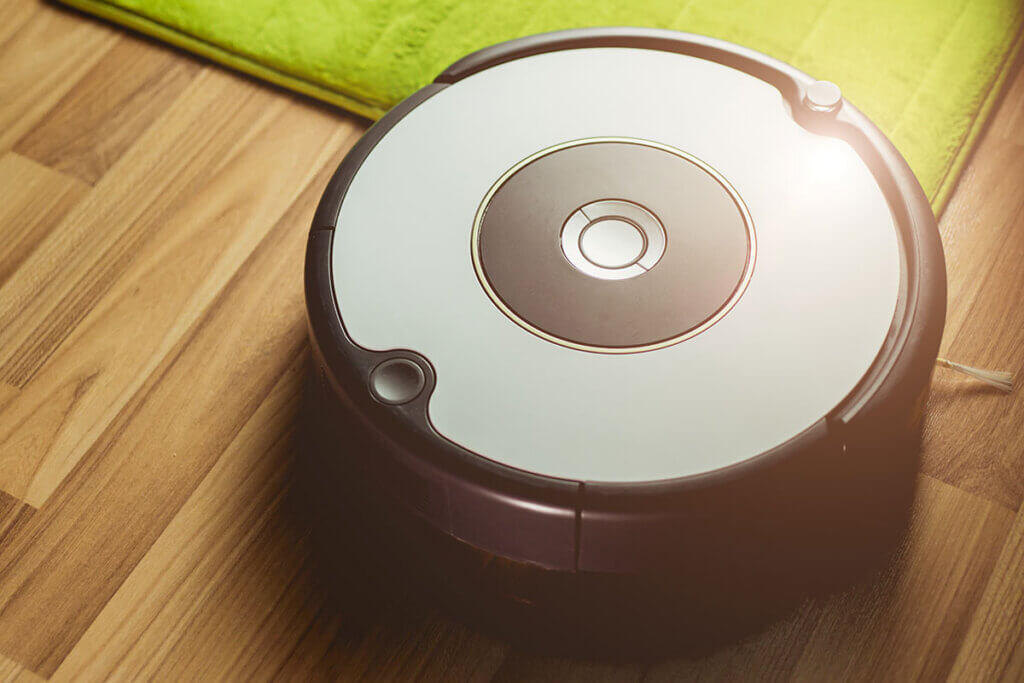
The collision sensors, however, are indispensable. They are usually located on the side of the robots and are supposed to detect obstacles such as table and chair legs at an early stage. The more sensors the robot has, the more efficiently it cleans the room. If there are blind areas in the sensor system, corners or edges, for example, cannot be detected and the robot may get stuck on them. For pet owners, these sensors are especially important so that the pet is not constantly hit during the cleaning process.
The right strategy for cleaning the floor
The sensors for detecting the area to be cleaned are important for the robot’s working strategy. Manufacturers pursue different strategies here: goal-oriented and chaotic cleaning of an area. But which navigation variant makes more sense?
Inexpensive suction-wipe robots often work randomly. They have no sensors and do not recognise the area to be cleaned. So they drive aimlessly through the room or flat. The more intelligent models, on the other hand, work with different strategies to orient themselves in the room. Among other things, they use ultrasound, infrared rays or lasers.

Amoeba and mapping strategy
How do the robots recognise space? The majority of the devices use the so-called amoeba strategy. Before the first cleaning, these models travel through the room in long, straight stretches. For this to work well, there should be as large, free areas in the room as possible. Other models have a so-called mapping function. In addition to infrared data, they have additional position sensors and a camera to help them find their way around. With these aids, they create a map of the flat or room. In the subsequent cleaning process, they know exactly where they are and which surfaces have already been cleaned. Another advantage: thanks to the map, the robots can drive to the charging station on their own.
Magnetic tapes as virtual walls
Magnetic tapes can be used for some suction-wipe robots to set up exclusion zones. If, for example, they do not have the necessary collision or fall sensors, users can use them to demarcate certain areas and raise virtual walls. The stairs are then no longer a danger and the sofa is also reliably bypassed.
Even if the robot has the appropriate sensors, the tapes can be useful. If certain areas are not to be vacuumed or wiped for some reason, they can simply be left out by means of a magnetic tape. This way, the dog basket is just as safe as the toddler’s play carpet.
What matters when buying
The product range of vacuum-wipe robots is now very extensive and versatile. But not all robots really do the job. It is therefore important for buyers to find a model that works for their own rooms and provides real relief in everyday life. The most important points to look out for before buying therefore include the following:
- Navigation
- Size
- Cleaning performance
- Volume of the dirt trap and water tank
- Battery life
- Controls and cleaning modes
- Any accessories
- Price
The trade-off between performance and size of the robot
There are round and square vacuum robots, with the round design being more common. The diameter of the cleaning robots starts at about 30 centimetres. The following is important for an optimal cleaning result: The more angled the flat is and the more furniture or decorative items there are on the floor, the narrower the robot vacuum cleaner should be in order to reach all corners.
The height of the robot is another important point on the list. Dust and dirt collect especially under the sofa, bed and cupboards. These are difficult or impossible to reach with a classic hoover. It would be practical if at least the robot vacuum cleaner with wiping function could clean such places. When making a decision, it can therefore be useful to measure the potentially difficult areas before buying. The most common device heights are between five and eight centimetres.
The smaller and slimmer the appliance has to be, the lower its cleaning performance. If there are many carpets in the home, however, the demands on the robot’s suction power increase. Smooth, hard floors are easier to clean in comparison. Regardless of the size of the robot, the maximum power is usually between 20 and 50 watts. Conventional hoovers, on the other hand, have a suction power in the triple-digit range.
Size of water and dirt container
Suction-wipe robots with a damp mopping function have a water tank in addition to the dirt tank. The available space on the device must therefore be divided between two containers, which is at the expense of the container sizes. The smaller they are, the more frequently they have to be emptied or, in the case of the water tank, refilled. Volumes of about 300 to 750 millilitres are common. To give you an idea: a water volume of about 500 millilitres can clean about 30 to 40 square metres, depending on the degree of soiling.
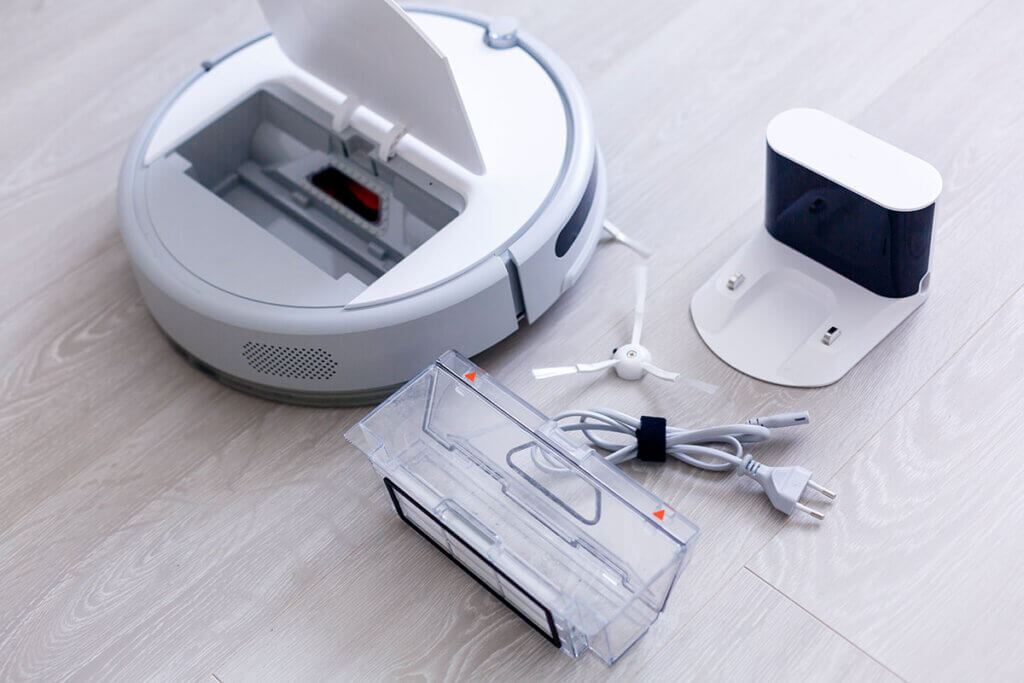
The battery and the balance between running and charging time
Suction-wipe robots are powered by lithium-ion batteries. These are long-lasting and reliably supply the necessary energy for cleaning the floor. In order for the robot to clean a large area in one operation, the battery runtime must be as long as possible. A running time of about 1.5 to 2.0 hours is recommended for common flat sizes. In this time, the robots can clean an area of about 60 to 180 square metres. For smaller flats, a correspondingly shorter battery life is sufficient.
However, the following points should not be disregarded when selecting a robot:
- The degree of soiling of the floors always has an impact on the running time, as individual areas may have to be cleaned several times.
- If you have pets or children in the household, a longer battery life is also advisable.
High-quality models drive to the charging station independently as soon as the battery level is too low. Some devices even continue cleaning after charging at the point where they previously interrupted their work. All others have to be restarted manually and, if necessary, returned to their last place of use. Cheaper models often remain in place once the battery is empty and must be taken to the charging station by their owners.
The charging time then again depends on the size of the battery. Normally, it is around two to even six hours. If the robot has to make several trips to clean the entire area, the charging time should be as short as possible. If it cleans the entire living space in one run, a longer charging time is acceptable, as this is easier to accommodate in the cleaning schedule.
How can the robot be controlled?
Robot vacuum cleaners are available as models that are operated by remote control and as devices with smart control. In fact, control via smartphone app has become almost standard. This allows users to navigate and monitor the robot conveniently while on the move. A timer can be used to set the desired cleaning times, so that the robot cleans the floor at night or when no one is in the house, for example. Models that can be controlled by voice command, such as Alexa or Google Home, are particularly convenient to operate. Independently of this, many robots have buttons directly on the housing. These can be used, for example, to set cleaning modes, start the cleaning process or move to the charging station. The advantage of using these buttons is that they work completely without Bluetooth or an active Wi-Fi connection.
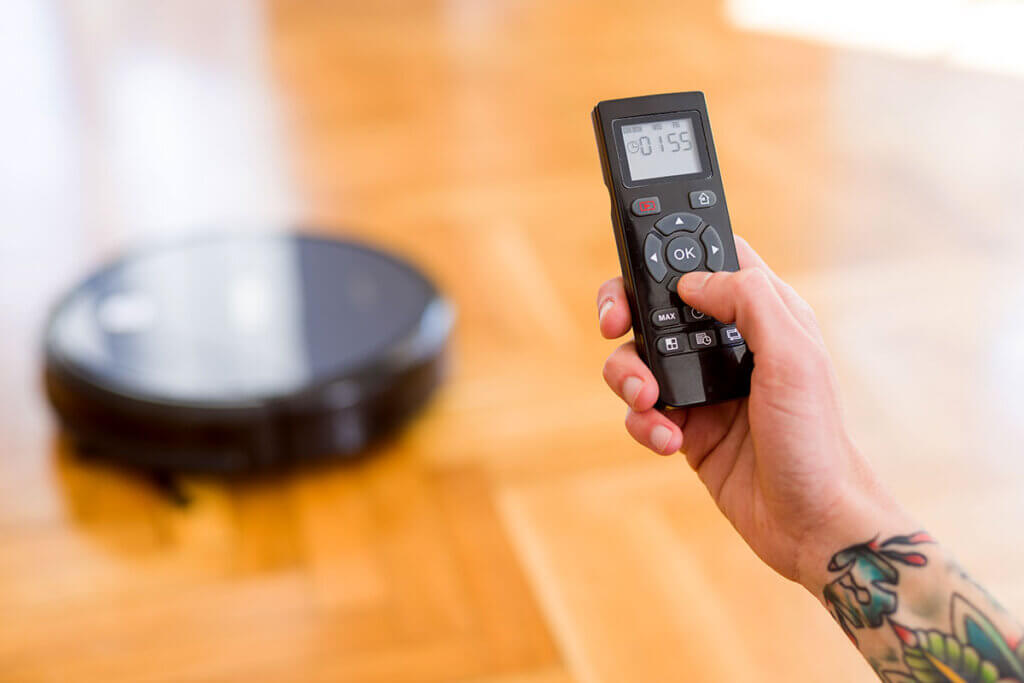
What is important for intuitive control?
For the suction-wipe robot to make everyday life easier, its operation must be intuitive and simple. In this context, an easy-to-read, clear display on the device is advantageous. This makes it easy to see what the robot is doing and what is currently being set. The control should also work with as few buttons as possible. Of course, the sensors are also important for easy use of the robot. If safety precautions have to be taken first so that the robot does not fall down the next flight of stairs or constantly crash into the expensive cupboard, it quickly becomes time-consuming. This is at the expense of saving time.
Different cleaning modes
Some models also have different cleaning modes that can be set as desired. These include the following:
- Eco mode
- Deep cleaning
- Corner or edge cleaning
- Spot or surface cleaning
The modes can be selected without a separate setup, as the necessary settings are stored directly in the factory settings.
Useful accessories
Depending on the model and manufacturer, the robots have different accessories. Common parts included in the scope of delivery include:
- Dirt bin
- Water tank
- Filter (possibly even a HEPA filter)
- Microfibre cloth
- Charger
- Remote control
Some models have other accessories in addition to these: for example, different cleaning cloths or brushes for different floors. Some have special rotating brushes to reliably remove pet hair – even from carpets. Devices with a quick-charging station are also interesting.
How much does a vacuum-mopping robot cost?
The prices for vacuum-mopping robots depend mainly on their size, their scope of performance and their control system. Most models cost between 150 and 200 euros. High-quality robots, however, can quickly cost over 500 euros. But they are equipped with numerous sensors and high-quality filters. In addition to the purchase price, any follow-up costs should also be taken into account. These include not only the costs for electricity or water, but also for cleaning agents, wipes and maintenance of the device. A low purchase price often conceals high follow-up costs.
Use and care
Robot vacuum cleaners are a practical support in the household. However, their suction power is significantly lower compared to conventional hoovers. The cleaning results of the different floors are therefore not comparable with manual cleaning, especially in a household with children or animals. On high-pile carpets or in rooms with many nooks and crannies, robotic cleaners also quickly reach the limits of their capabilities. If you follow a few tips, you can still get the most out of your robot.
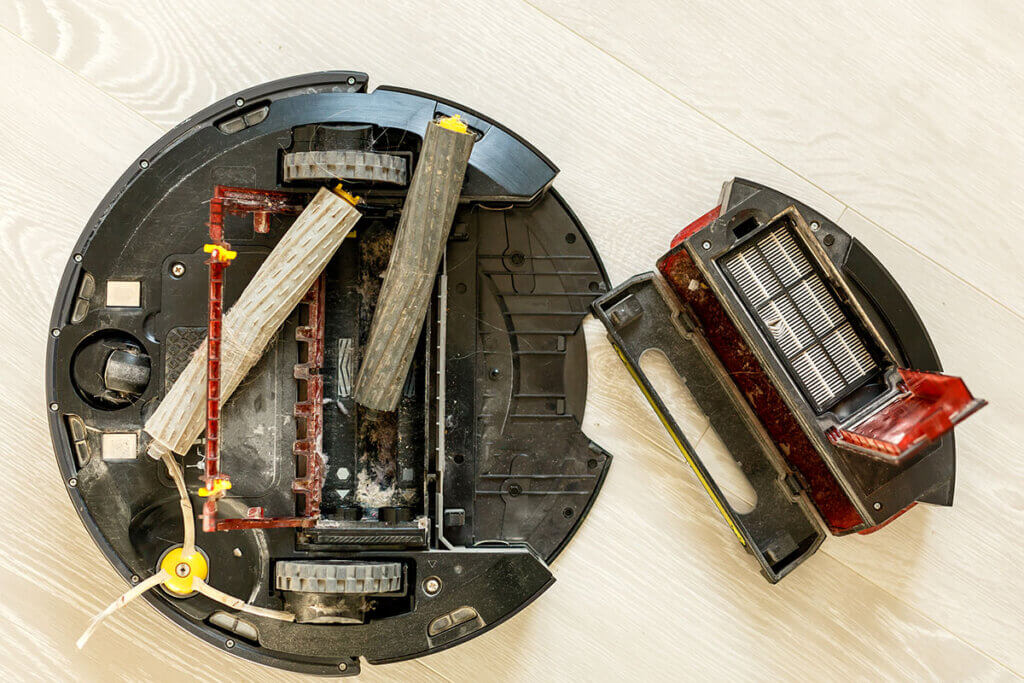
Tips for efficient cleaning
To avoid water damage, wooden floors on which a robot mop is used should always be sealed. Also, before using it, make sure there are no loose cords, toys or anything else that could get caught in the robot’s side brushes lying around on the floor. If you want to exclude certain carpets, it makes sense to fold up the edges so that they are reliably bypassed. Alternatively, you can create virtual walls using magnetic strips. For efficient cleaning and a long service life of the robot, it is also helpful to observe the following points:
- Use lime-free wiping water if possible.
- Only use the cleaning agent recommended by the manufacturer
- Do not leave pets alone with the robotic vacuum cleaner unattended
Care tips for the vacuum/mopping robot
The dust container should be emptied after each cleaning operation. In addition, it is advisable to rinse it out with a little water about once a week. However, make sure that it is completely dry before you use it again, otherwise mould and unpleasant odours can form. For efficient cleaning, it is also important to tap out the filters regularly and replace them when necessary. Some filters are washable and can be cleaned once or twice a month with the washing machine. It is also advisable to empty and rinse the water tank after each wipe to prevent bacteria build-up.
If the wipe is not a reusable wipe, it should also be checked after each use and changed if necessary. Reusable wipes should be washed regularly according to the manufacturer’s instructions. In addition, check the robot vacuum cleaner’s brushes for any residue of dirt or hair and carefully wipe all sensors regularly with a damp cloth.
With some robotic vacuum cleaners, various consumables must also be checked regularly and replaced if necessary:
- Side brushes after approx. 200 hours
- Main brush after approx. 300 hours
- Filter after approx. 150 hours
- Reusable wipe after approx. 300 hours
For optimal care of the robot mop, you should always follow the manufacturer’s recommendations.

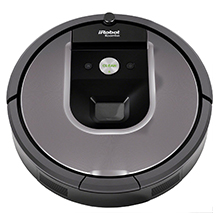
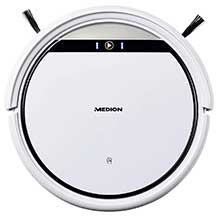
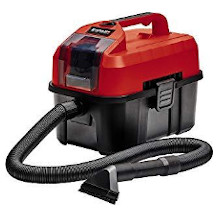
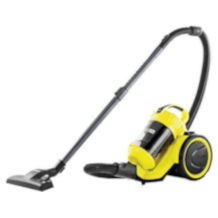
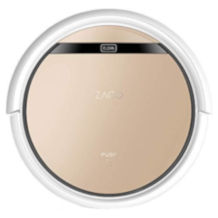
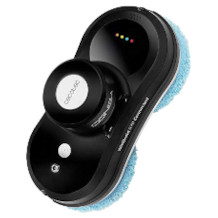
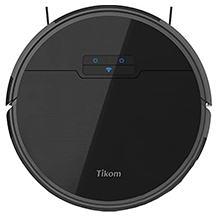
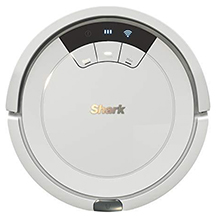

 2,543 reviews
2,543 reviews
